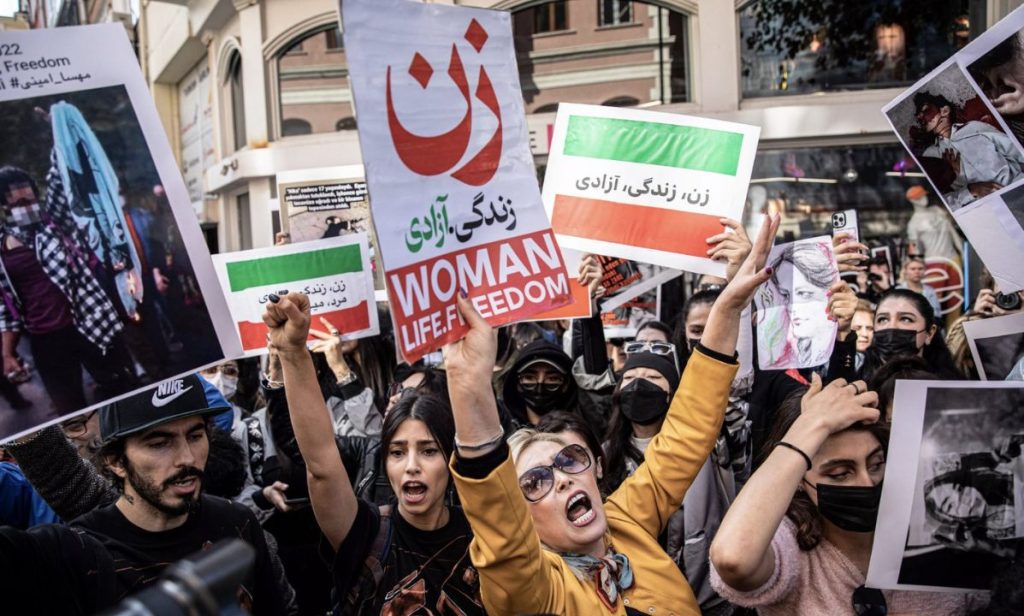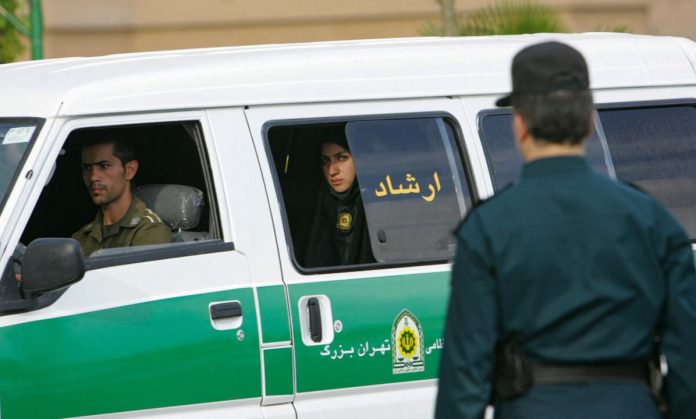Almost three months after the death of 22-year-old Jina Mahsa Amini, the Iranians are still embroiled in anger and continuing with their protest against the ruling regime. The 22-year-old Kurdish-Iranian woman was arrested by the morality police for allegedly violating the country’s strict hijab rules and brutally beaten on the head with a baton as per reports. Following this, she slipped into a coma and died three days after. The police say she died of a heart attack.
This was the major cause that triggered mass protests in the nation, the worse Iran has witnessed in decades.
What are the recent developments?
Amidst the continuing unrest, news broke out across the world about Iran’s morality police being abolished for the good as a result of the widespread protests.
During a press conference, Iran’s Attorney General, Mohammad Javad Montazeri made a statement saying, “Morality police have nothing to do with the judiciary and have been abolished by the same authorities who installed it.”
This statement came just a few days after Montazeri spoke of Iran’s parliament and judiciary reviewing the law that requires women to wear a hijab in public and whether such a law is needed or not.
Although the official spoke of the morality police being abolished, he also mentioned that the judiciary would still enforce restrictions on “social behaviour.”
The local media denied believing the statement made regarding the scrapping of the morality police and said that many had tried to misinterpret the comment.
What really is the morality police and why does it hold relevance?
The morality police which is commonly identified and referred to as “Gasht-e-Ershad,” i.e ‘guidance patrol,’ in Iran, is a unit operating under the country’s police force. It is tasked with ensuring that citizens abide by the laws on Islamic dress code in public.
These laws are based on the state’s interpretation of Islamic Sharia law which requires both men and women to dress decently. However, over the years, the morality police have been seen majorly targetting women.
Since the Islamic revolution of 1979, Iran has had different versions of the morality police, the recent one being the Gasht-e-Ershad. It was established by hardliner President Mahmoud Ahmadinejad with the purpose of spreading the culture of modesty and hijab. The unit began patrolling in 2006 and began detaining women frequently. Be it leaving a strand of hair uncovered to wearing tight clothes and colourful scarves, women were subjected to extreme and brutal treatment.

As per the Sharia Law that governs Iran, women must cover their hair and wear loose-fitting clothes. There are no definite rules of what is and is not permitted or what qualifies as ‘inapropriate’. The basic guidelines dictate women to refrain from wearing shorts, ripped jeans, or any other clothing that exposes the shape of the body. Such unclear details of the Islamic law has left room for interpretations making the situation worse for women.
Men in the morality police squads usually wear green coloured uniforms and women of the squad are made to wear black chadors (garments which cover the head and upper body.)
Women who get detained by the morality police are given a notice or, in some cases, are taken to ‘education’ and ‘advice centers’, where they are made to attend a mandatory lecture on the hijab and Islamic values. In order to be released they have to first wear ‘appropriate clothing.’
What is the truth?
While many international outlets made headlines about Iran successfully abolishing the morality police, Iranians and the country’s local media brushed it aside for being fake and holding a propaganda.
Although, Montazeri made a statement about abolishing the unit, no other Iranian official has made a similar statment nor has confirmed what Montazeri said, to be true.
There has also been no official statement from the Iran government about disbanding the morality police.
Wearing a hijab was made mandatory in 1983. So, even if the guidance patrol gets abolished, Islamic laws still hold that the hijab is mandatory. The morality police are mere enforcers of the law.
The Iranians thus believe that even if the morality police gets disbanded, it will only be used as a tactic by the regime temporarily to shut the dissenting voice and take off the world’s attention from the sufferings of the Iranians.
Lastly, the ongoing protests – labelled as ‘riots’ by the authorities, are anti-government protests. The have spiralled as a result of long-standing discontent over poverty, unemployment, inequality, injustice and corruption. The death of Mahsa Amini acted simply as a catalyst for the unrest.
The citizens of Iran don’t just want the guidance patrol to be scrapped but are demanding a complete strike down of the Islamic regime in the country.





























